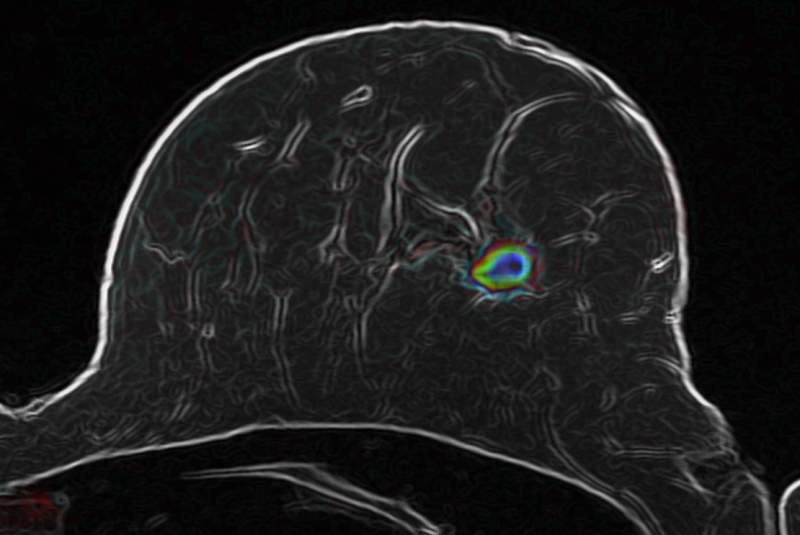
A team of researchers at the German Cancer Research Centre (DKFZ) has developed a new technique to detect breast cancer by combining an advanced method of diffusion-weighted MR imaging (MRI) with intelligent computer-based image analysis methods.
The newly developed method has been demonstrated as part of research supported by Dietmar Hopp Foundation.
It could help avoid many control biopsies, following suspicious findings from mammography screening, and help detect malignant changes in tissues.
Every year, about 2.8 million women are estimated to have a mammography as part of the breast cancer screening programme in Germany.
However, the results are not always easy to interpret, and only one in 20 women undergoing a mammography can expect a suspicious finding.
DKFZ radiologist Dr Sebastian Bickelhaupt said: “Our goal is to obtain better noninvasive insight into the interior of the body and thus provide additional information about tissues for clinical evaluation by radiologists, along with the standard methods, which will continue to be relevant.”
How well do you really know your competitors?
Access the most comprehensive Company Profiles on the market, powered by GlobalData. Save hours of research. Gain competitive edge.

Thank you!
Your download email will arrive shortly
Not ready to buy yet? Download a free sample
We are confident about the unique quality of our Company Profiles. However, we want you to make the most beneficial decision for your business, so we offer a free sample that you can download by submitting the below form
By GlobalDataAs part of the research, Bickelhaupt and the rest of the team studied 222 women who were recommended to have a biopsy after a suspicious mammography finding.
Before conducting the biopsy, the researchers used the new method to evaluate the breast tissue of the study participants.
Results of the evaluation have revealed that the new method has reduced the number of false positive findings in the study group by 70%.
With this method, the scientists were able to identify truly malignant changes in 60 cases out of 61, offering up to 98% accuracy.
The DKFZ scientists are currently preparing to conduct larger multicentre studies to prove the method’s capability to be used as a routine procedure in the clinic.



